As Holy Thursday, or Maundy Thursday, usually falls within the month of April, this month is dedicated to the Most Blessed Sacrament.
The night before He died, Jesus instituted the Sacrament of Holy Communion at the Last Supper. This was also when He gave us a new commandment (mandatum), hence the name Maundy Thursday for this day in Holy Week:
A new commandment I give unto you:
That you love one another, as I have loved you…
By this shall all men know that you are My disciples,
if you have love one for another.
~ John 13:34-35
Total Gift of Self
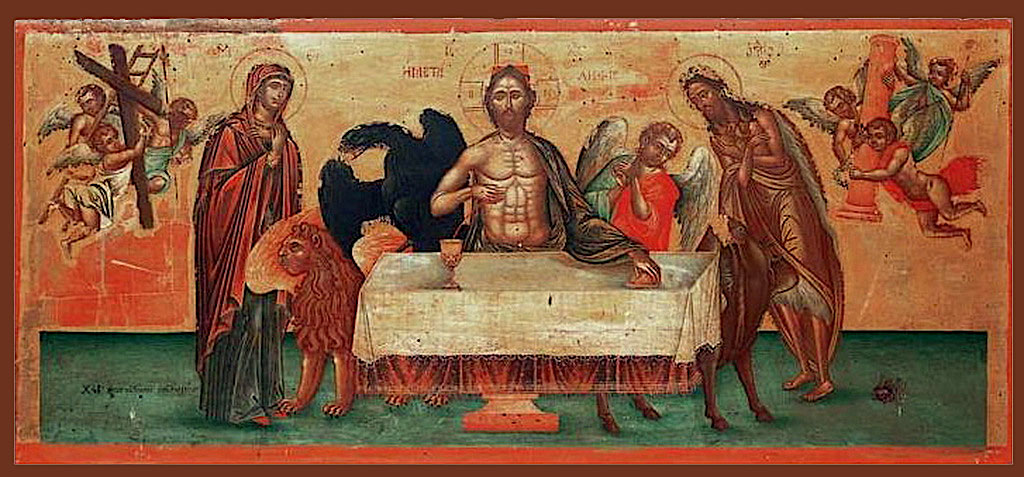
The Allegory of the Holy Communion by Konstantinos Kontarinis
I am the living bread which came down from heaven.
If any man eat of this bread, he shall live for ever;
and the bread that I will give, is My flesh, for the life of the world.
~ John 6:51-52
For God, the Creator of all things, anything is possible. He is the Author of reality, the One Who made the galaxies and the giraffes, the oceans and onions; and He holds everything in being. He chose to become a baby in order to save us by His eventual torture and death on the cross – He chose to open the gates of Heaven to fallen mankind by taking on the wages of sin, that is, death.
So why can’t He choose to be a little piece of bread to sustain us through our earthly pilgrimage to Heaven? Christ is the ultimate Passover lamb, the Lamb Whose blood saves us and our families from certain destruction, Who sustains us as we cross over from the slavery of sin to the freedom of the Kingdom of Heaven.
“The deliverance of the Jews from Egypt was a foreshadowing of the Christian Pasch when through the sacrifice of the Lamb of God and the application of the merits of His blood, the human race would be freed from the bondage of the devil and of sin.
Good Friday in the early Church was called the Pasch of the Crucifixion, while Easter day was styled the Pasch of the Resurrection, the Sundays from Easter to Whitsunday were always referred to as ‘after the Pasch.’ Easter is the Christian Passover.”
~ Fr John Hardon, Modern Catholic Dictionary
We believe that the Person of Jesus is present entirely, Body, Blood, Soul and Divinity, in the Blessed Sacrament, in every small white communion host that we receive each Sunday (or every day, if we are able to attend the Holy Sacrifice of the Mass daily). We take God’s word for it, that we can eat His flesh and drink His blood, and attain eternal life with Him.
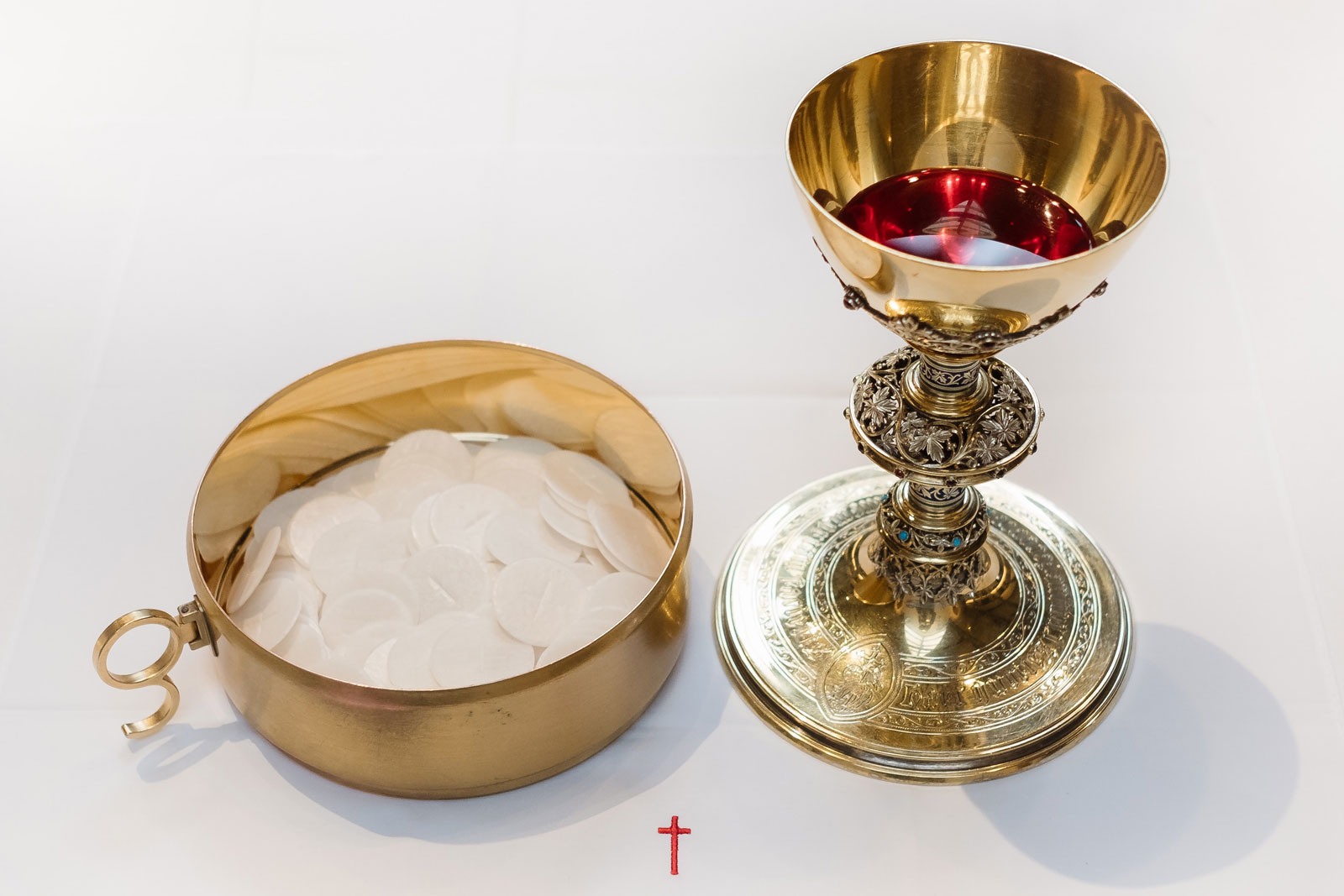
Proof Positive
This wonderful Sacrament (sign) of God’s love has been confirmed down the ages by Eucharistic miracles throughout the world. When someone has doubted Jesus’ Real Presence in the bread and wine, the wheat host (victim) has turned into the living heart muscle of a man in his thirties, dripping AB+ blood, as confirmed by scientists. Of course, this does not mean that Christ in Heaven is missing a piece of His heart.
St Thomas Aquinas explained, using Aristotelian philosophical terminology, that the Blessed Sacrament has the substance of God and the accidents or appearance of bread and wine. Hence, his term “transubstantiation”, when the substance of the bread changes into the substance of Jesus when the priest speaks the words of Christ at the Last Supper: “This is My Body… This is My Blood.”
Quality Time with God
Just like when Jews celebrate the Passover, they are in a way present at the actual, original Passover – the salvific events are re-presented – so too at the Mass, since God is outside Time, He is able to make us present at the one holy sacrifice of Christ, the crucifixion. But we are also receiving a foretaste of the heavenly banquet, the Wedding Feast of the Lamb of God. Isn’t that mind-blowing? God comes in the ordinary form of a human, then in the ordinary form of bread and wine, to be with us and to save us, so that we may be with Him for eternity.

Knowing this, Catholics have the practice of Eucharistic adoration, where we spend time in quiet prayer before the Blessed Sacrament. We also have Eucharistic exposition and benediction, where the priest blesses us with the Eucharistic host in the monstrance. On Maundy Thursday, we can receive a plenary indulgence by singing the Tantum Ergo by St Thomas Aquinas, along with the usual conditions.
For those who are unable to receive the Blessed Sacrament at Mass, we can pray the prayer of Spiritual Communion:
My Jesus,
I believe that You are present in the Most Holy Sacrament.
I love You above all things,
and I desire to receive You in my soul.
Since I cannot at this moment
receive You sacramentally,
come at least spiritually into my heart.
I embrace You as if You were already there
and unite myself wholly to You.
Never permit me to be separated from You.
Amen.

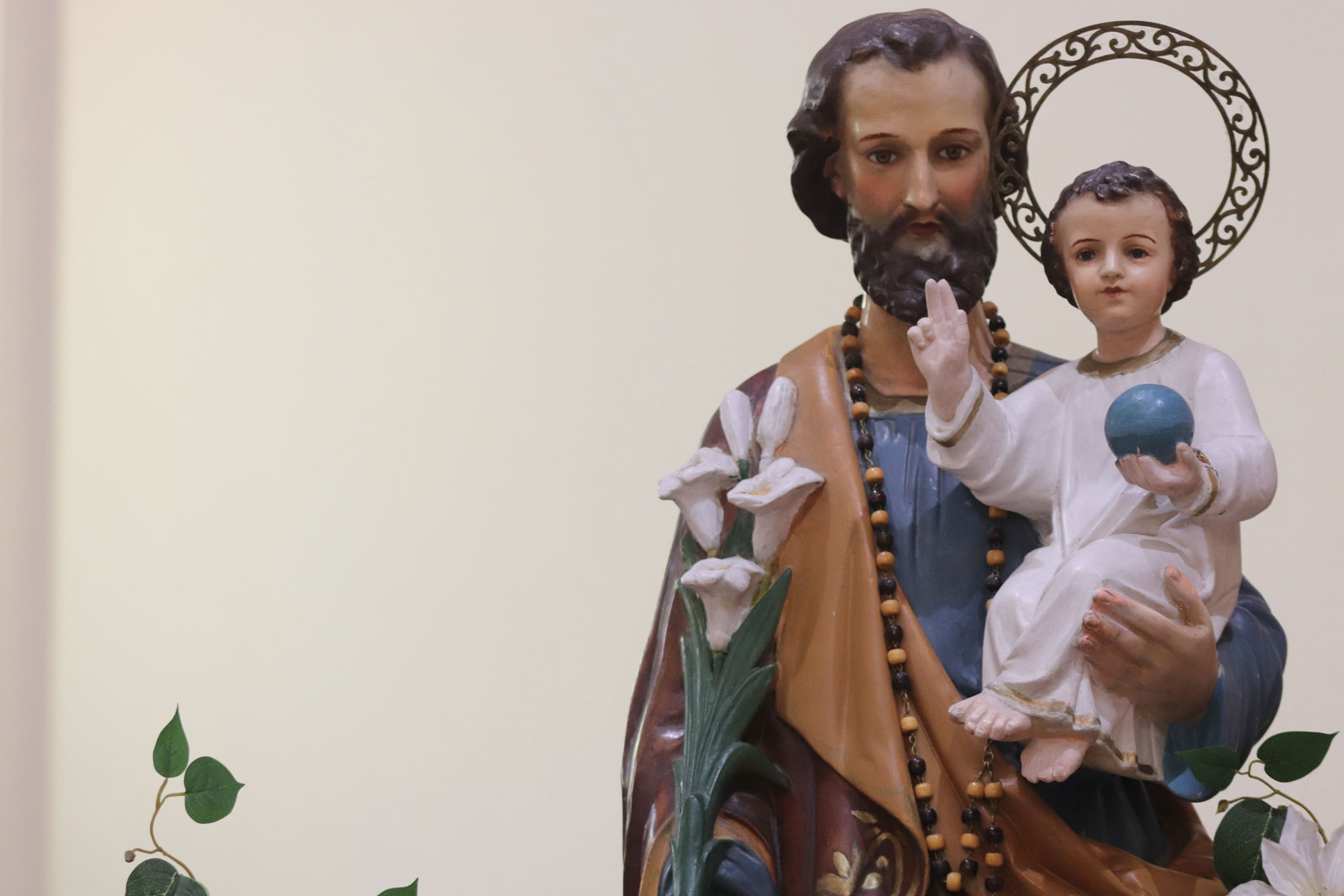
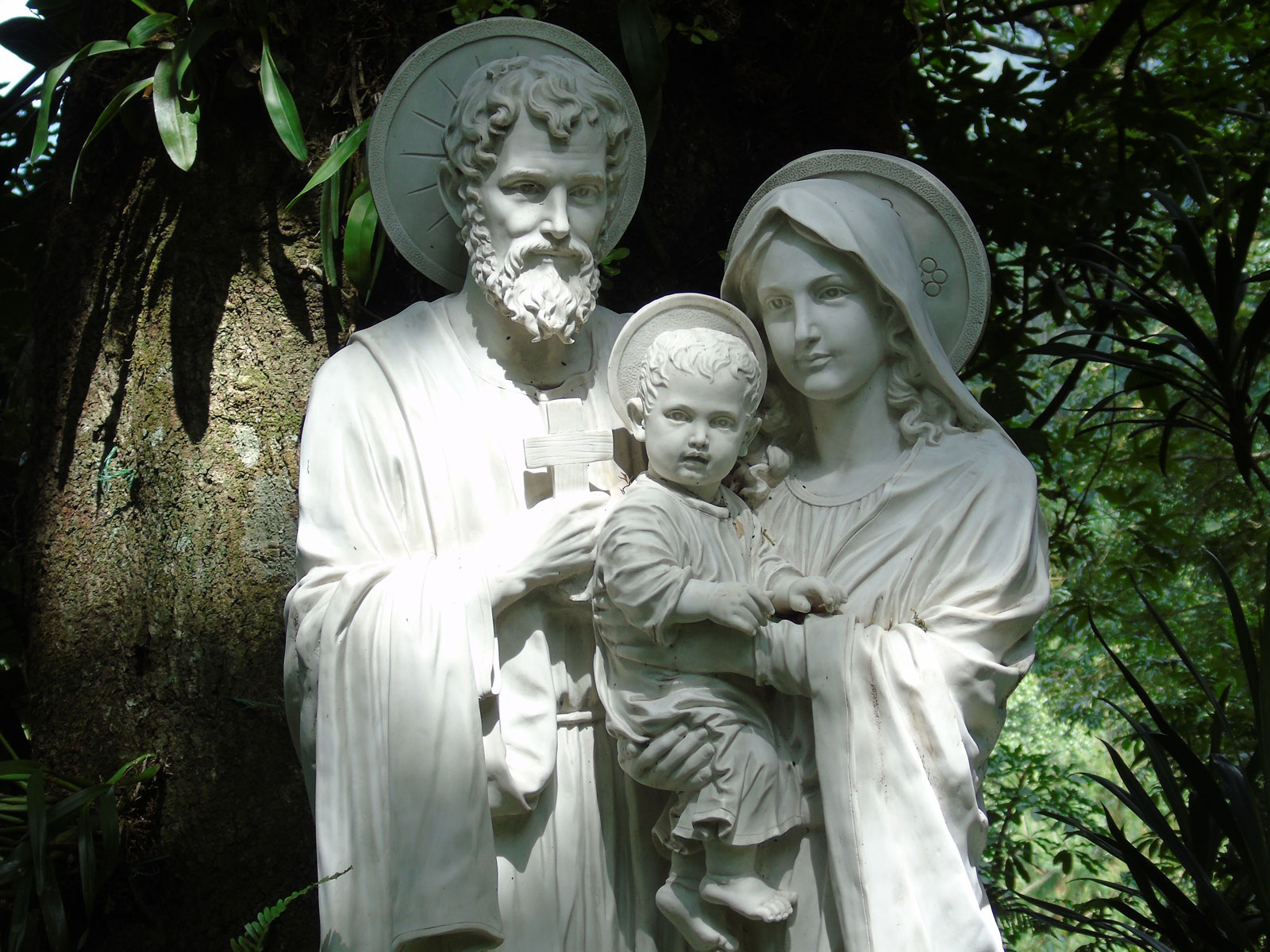
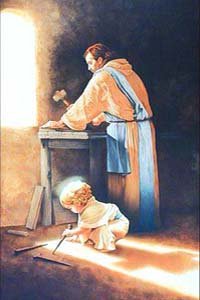
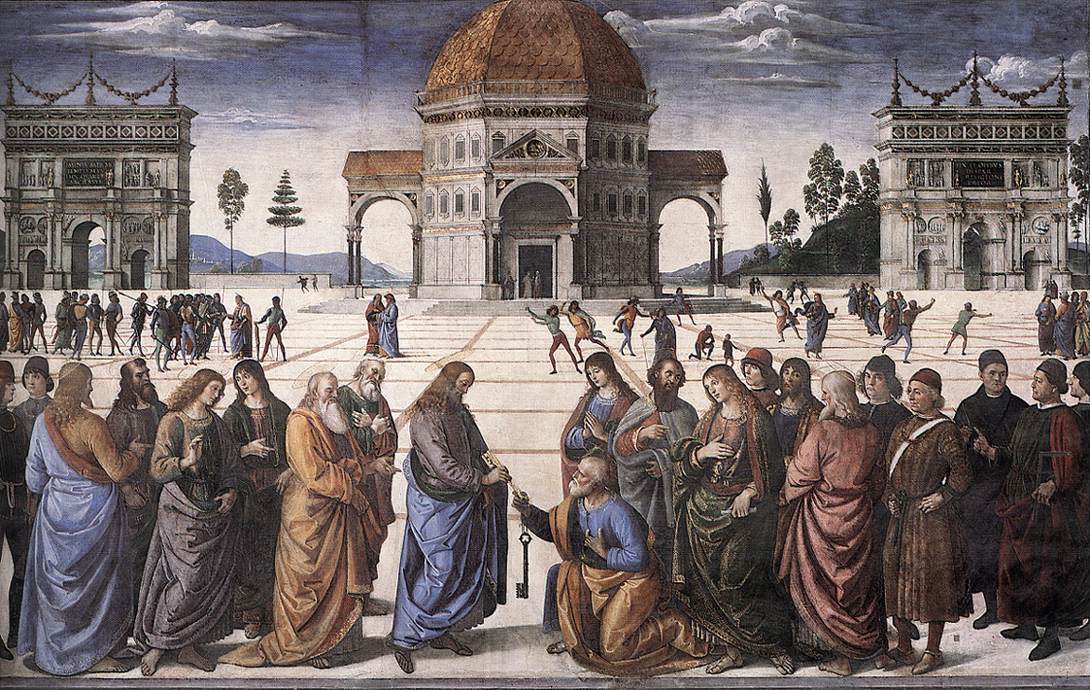
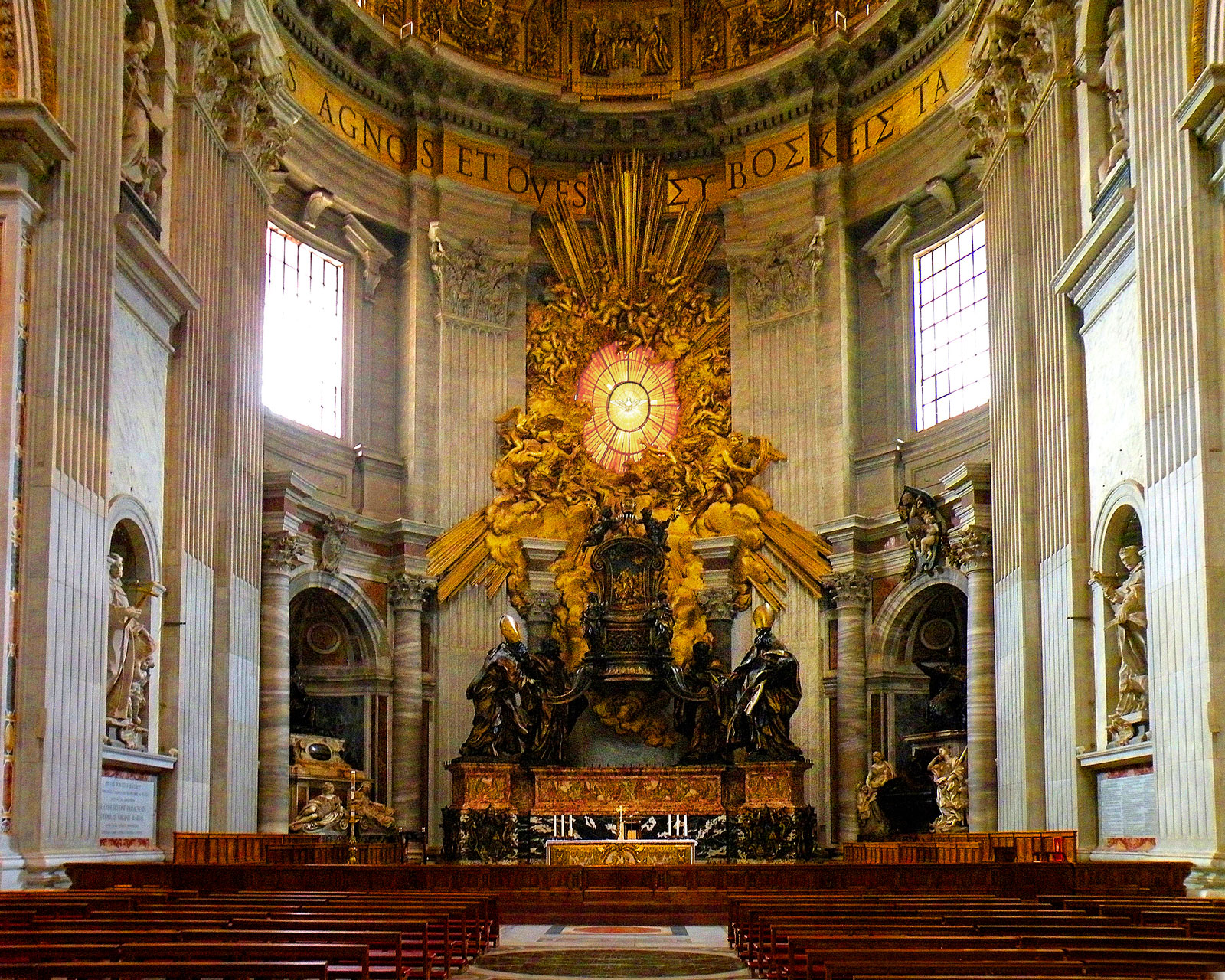

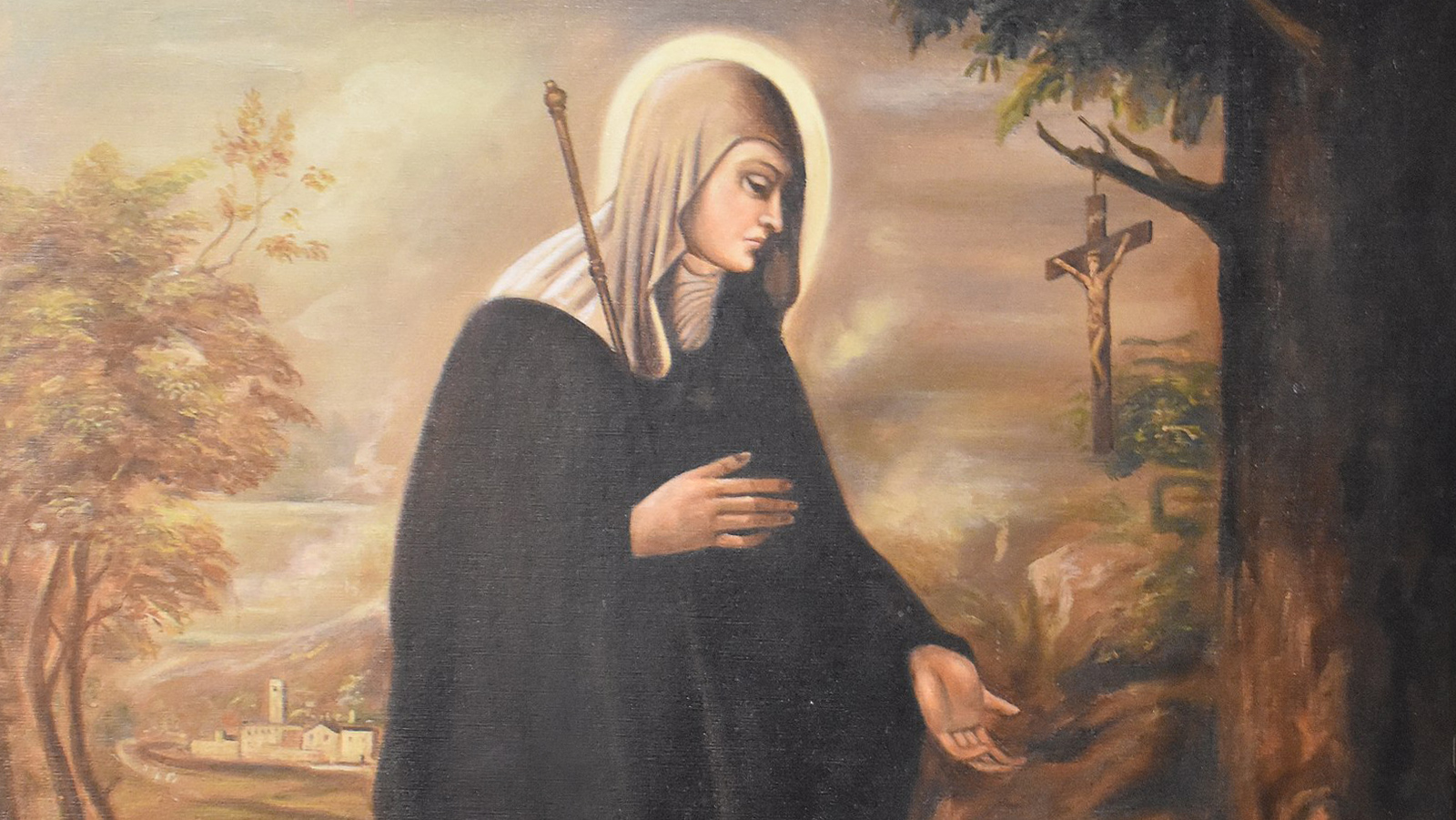
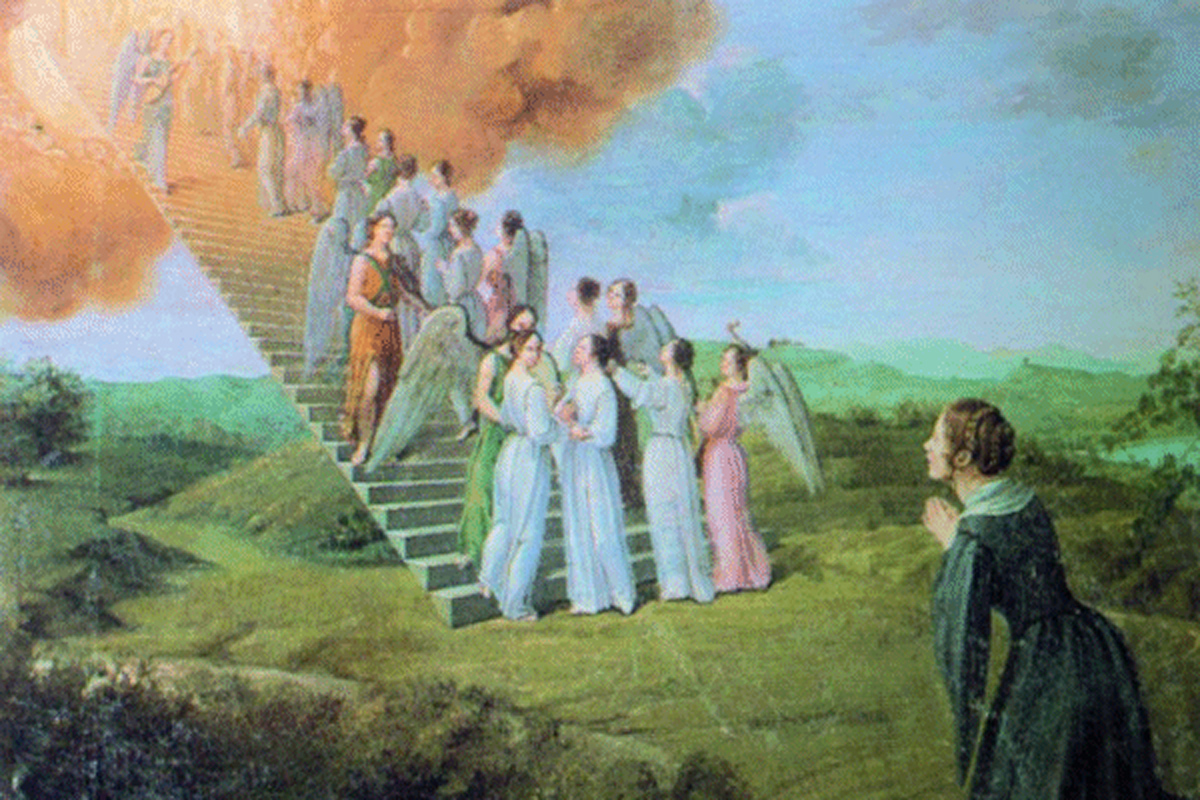

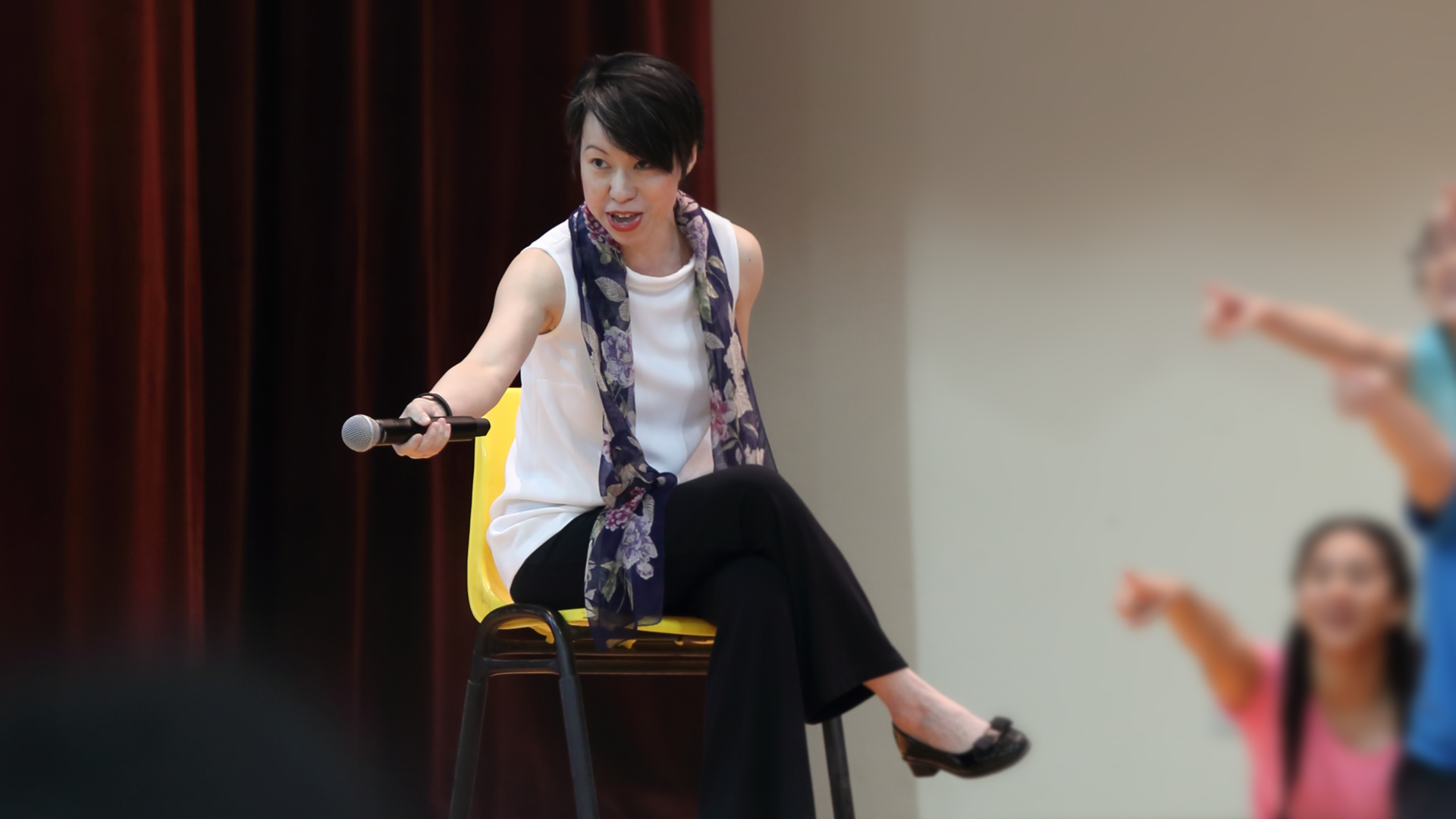
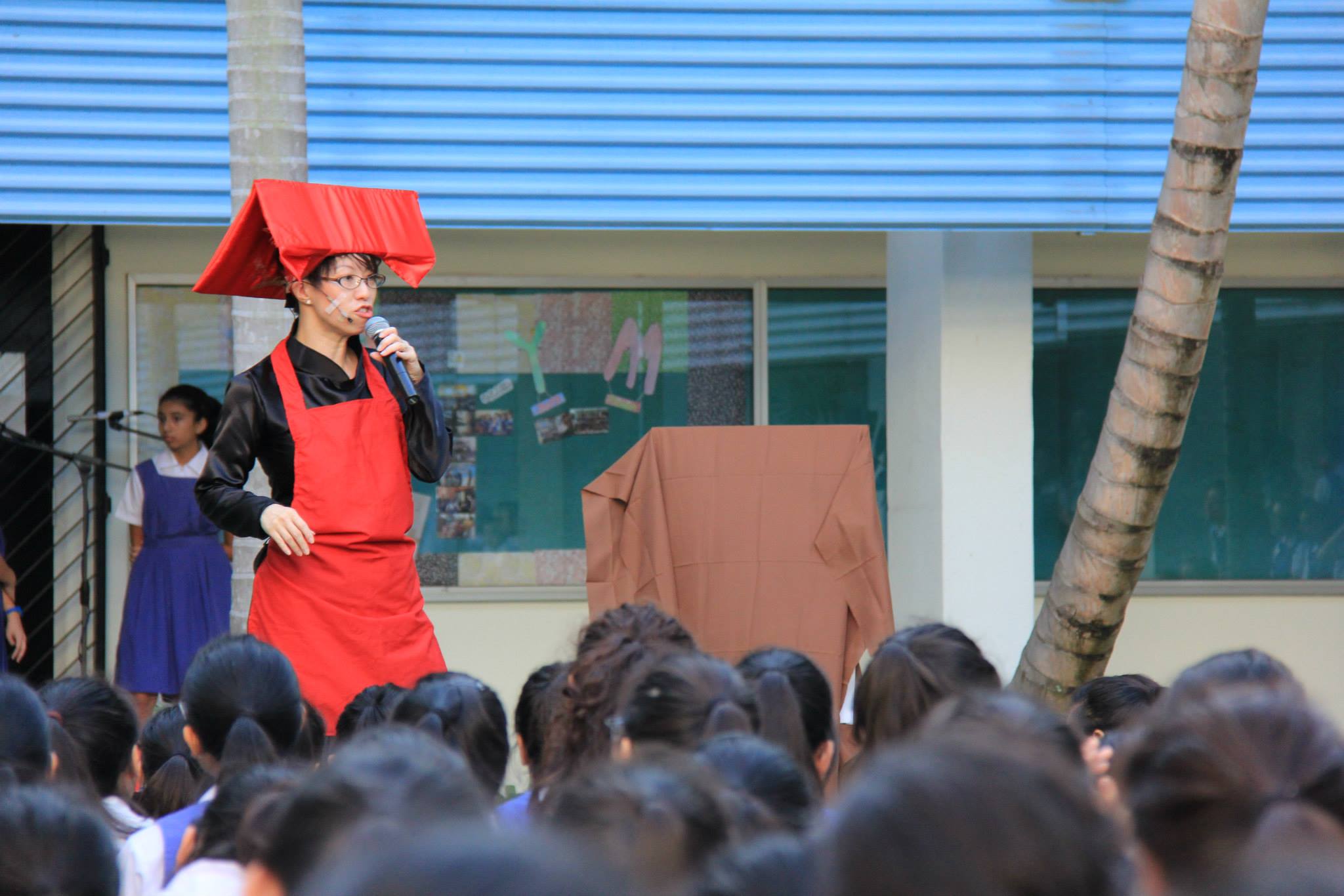
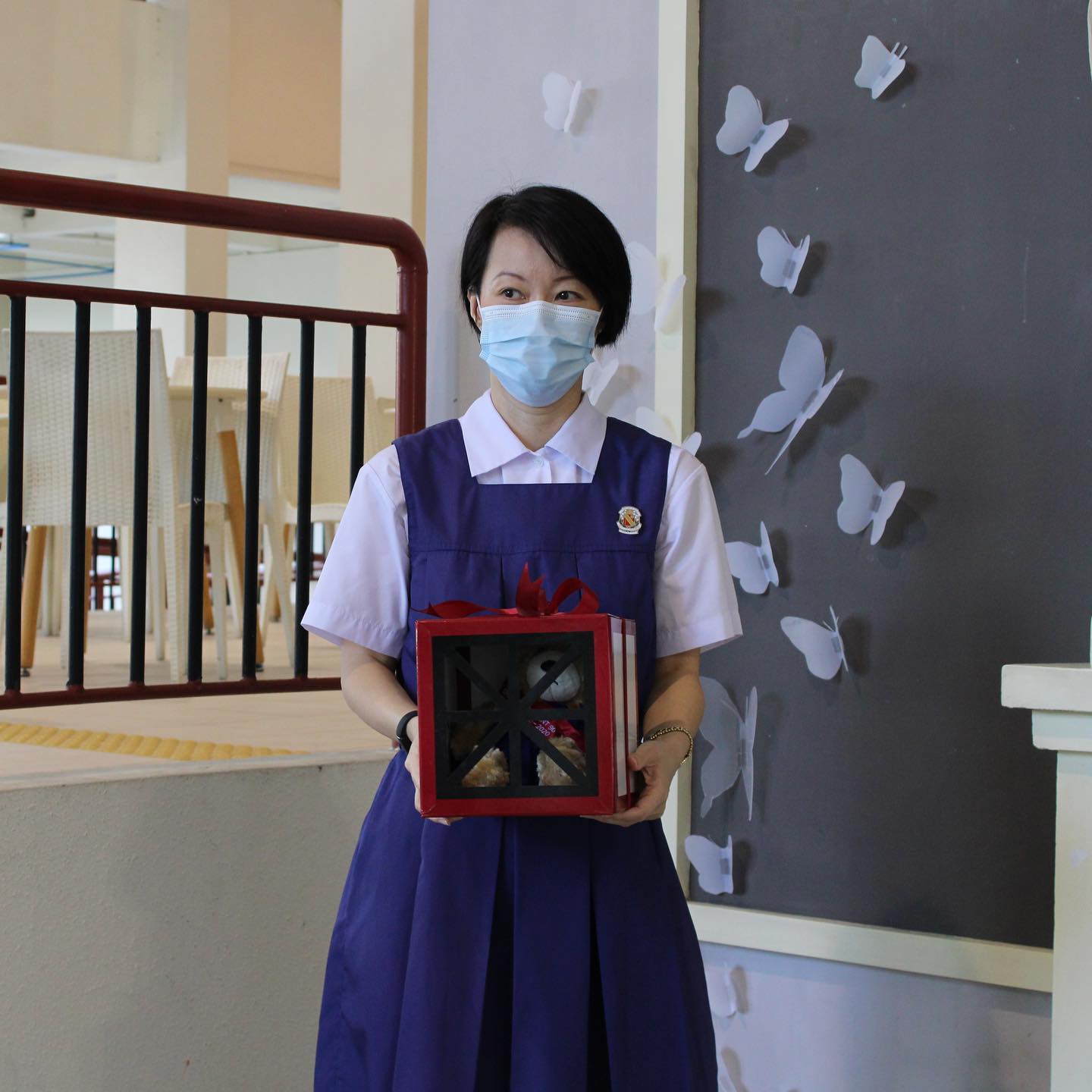
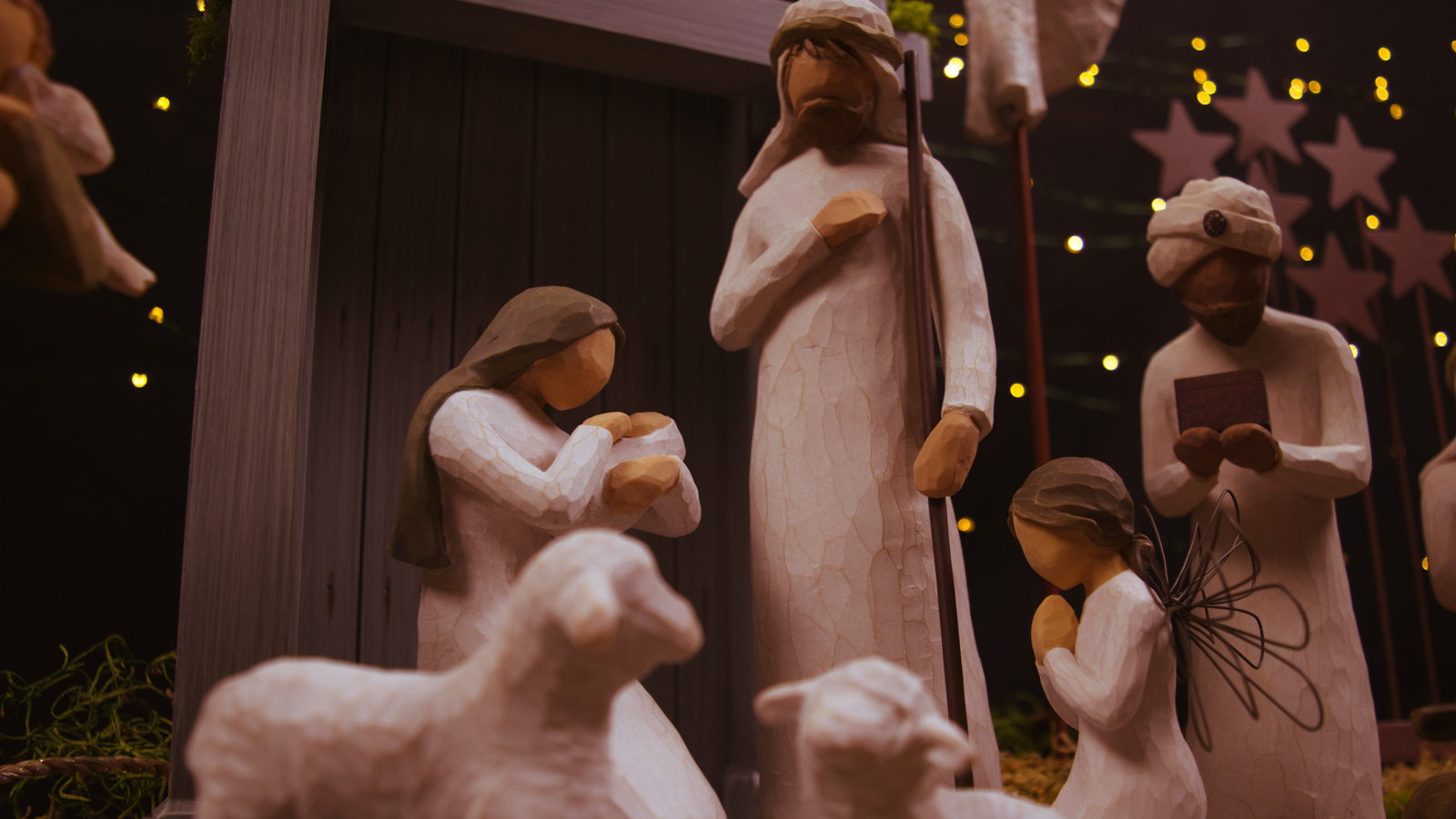





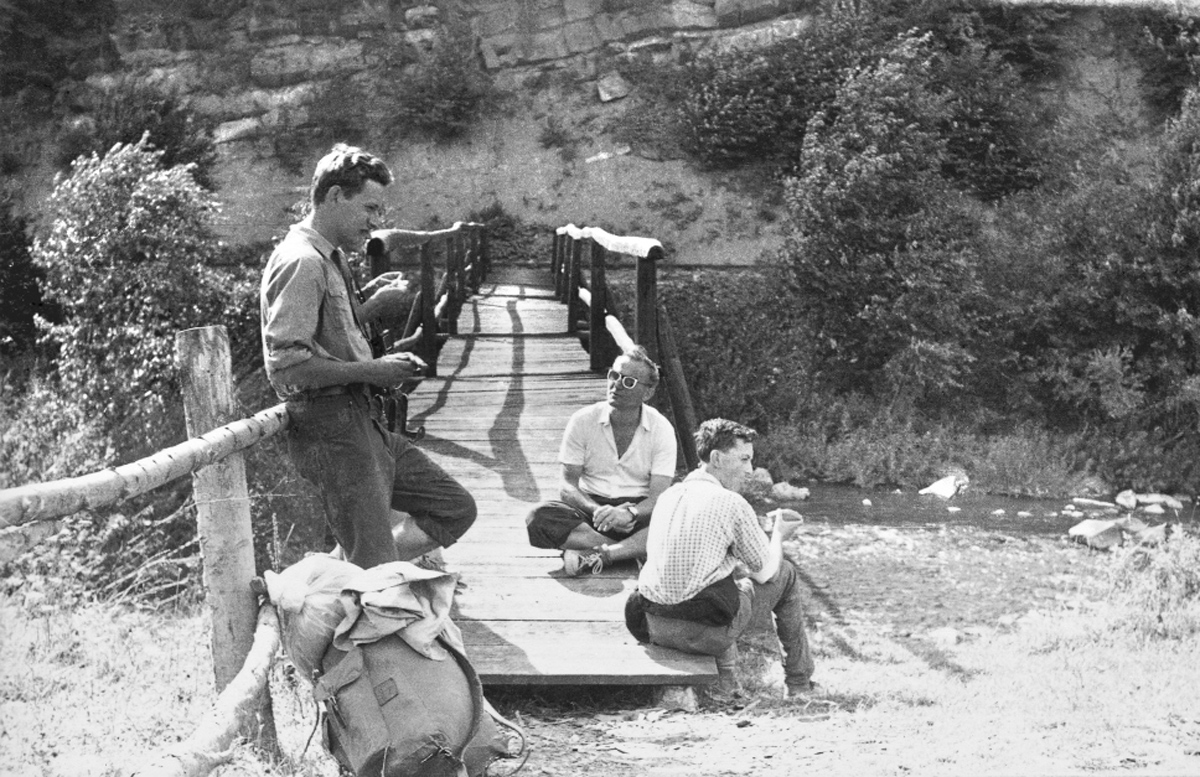
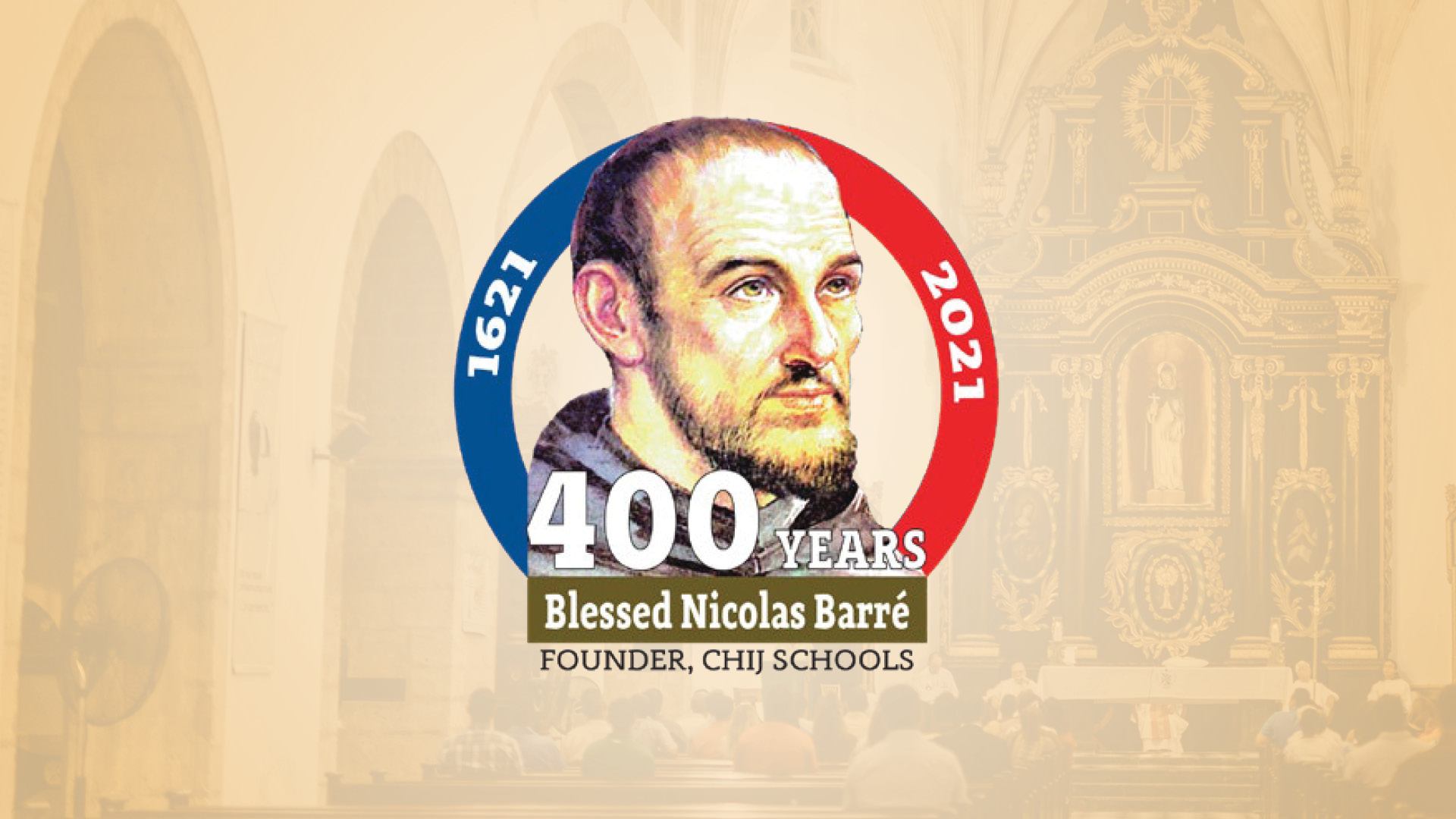
 He wrote: “We should live in a state of complete dependence on grace, and however great the gifts and effects it produces, we should always focus on God Who is its source. As to our good deeds, we should remember that it is God Who deigns to act through us.”
He wrote: “We should live in a state of complete dependence on grace, and however great the gifts and effects it produces, we should always focus on God Who is its source. As to our good deeds, we should remember that it is God Who deigns to act through us.”